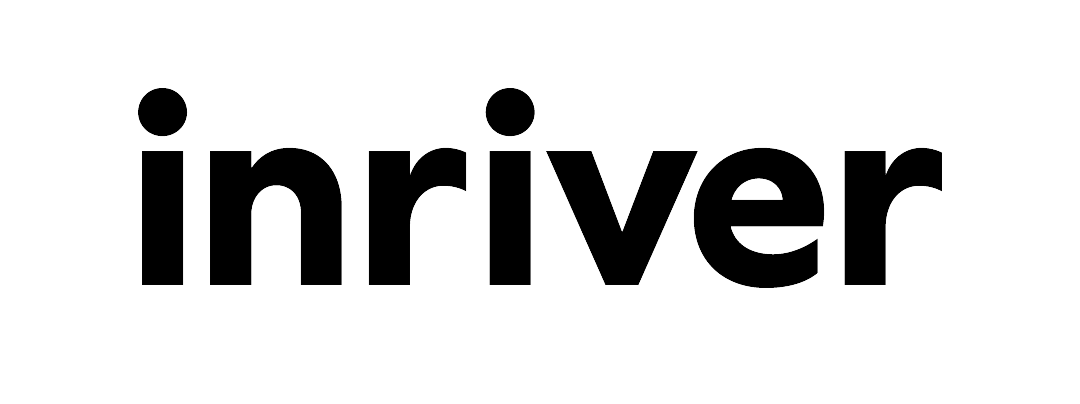Compare E-Commerce models.
Our scoring process is applied and objectively evaluated according to strengths and weaknesses.
Compare vendors based on the five dimensions of the Composable Agility Score. Freely choose the solutions you want to compare to get an easy overview of their capabilities. You can adjust your selection at any time or click on any solution to read a more detailed explanation of their CA Score.
A vendor must first be removed before another one can be added for a comparison.
How easy is it to quickly and scalably build the individual solutions you need for your business using the application? See also: Best of Breed versus Best of Suite.
How well can a cloud application be broken down into its individual parts and used? The best solutions can be combined based on specific customer requirements.
How well can this application be connected and controlled via standardized applications? A functional API interface is able to interact with any other software.
How natively can this application be operated in the cloud (updates, backup, porting)? An ideal cloud solution is available everywhere, accessible at any time, highly secure, flexible and agile.
How independent can the application be from the end user’s interface (desktop, mobile, on the go…)? A functional solution is able to operate with any frontend.


Founded in 2007 and headquartered in Malmo, Sweden, inriver has celebrated many milestones since their inception. Today, they have over 600 customers and 300 employees worldwide. Inriver offices are located in major global cities, including Chicago, Amsterdam, Berlin, London, Stockholm, and Manila.
Their technological developments over the years have also been recognized, with Microsoft Azure awarding inriver Partner of the Year in 2019.
Their technological developments over the years have also been recognized, with Microsoft Azure awarding inriver Partner of the Year in 2019.
Headquartered in Boston, USA, Salsify has grown from strength to strength since its inception in 2012. Securing a Series F funding round in April 2022, Salsify’s total funding to date amounts to $452.6 million. Overall Salsify has had 12 investors, including Permira and TPG.
Focusing largely on allowing their customers to gain success on the “digital shelf”, Forrester’s Q2 2021 PIM Wave named Salsify a leader and a “visionary and fast mover in the PIM space and commerce.”
Focusing largely on allowing their customers to gain success on the “digital shelf”, Forrester’s Q2 2021 PIM Wave named Salsify a leader and a “visionary and fast mover in the PIM space and commerce.”
7.4
6.9Composability
6.3Head-
less
less
9.8Cloud
Native
Native
6.2API
8Modu-
larity
larity
8.1
6.9Composability
6.8Head-
less
less
9.8Cloud
Native
Native
8.5API
8.5Modu-
larity
larity
Modularity
8
8.5
Although inriver does not refer to microservices on their site, they do reference the many integrations available through their product. This “Integration Framework” allows customers to take inriver components and build new integrations and adapters. Integrations available include a range of commerce providers and PIM optimizers, among others.
In 2016, Salsify announced on their blog they were moving towards a Microservices architecture. Although they now speak of this very little on their own site and documentation, Salsify’s platform is created as a set of microservices. In 2018, Salsify co-founder and CMO Rob Gonzales wrote of how the company had broken up its original monolithic platform and converted it into containerized microservices. New features were then built as separate projects.
API
6.2
8.5
Inriver is not API first, but includes APIs in some cases. Inriver’s community webpages include documents for developers in relation to their REST API, which launched in 2019, however, their documentation is more limited than that of other providers.
Salsify’s website offers a comprehensive API (Salsify Supplier Experience Management API Documentation) and webhook guide (Salsify Product Experience Management Developer Hub). Salsify supports both REST & GraphQL APIs. Salsify’s in-house team works directly with retailers to guide the creations of APIs. Some of the API integrations Salsify offers includes Accenture, Adobe, and Walmart.
Cloud Native
9.8
9.8
Multi-tenant SaaS solution, which means it is completely scalable. Inriver utilizes Microsoft Azure as its cloud provider.
Salsify is a completely cloud-based SaaS platform, compliant with SOC 2 Type 2, meaning customers can host all of their product data and information on the cloud and not on their own internal servers. New or updated functionalities are updated quickly with no downtime. Salsify has been a multi-tenant solution since its inception and offers no single-tenant option. Salsify’s utilization of cloud services provides adequate scalability for companies experiencing growth.
Composability
6.9
6.9
Although several blog posts from inriver show the provider’s understanding of composability and its importance in businesses of the future, the vendor itself does not mention much on its site regarding its own steps towards composability. However, their integrations and cloud native services are clearly a step towards creating a composable product.
Offering several customizable options, Salsify is, to a degree, a composable platform. Salisfy themselves, however, do not refer to themselves as composable, nor refer to many of their features as composable, specifically.
Headless
6.3
6.8
Inriver uses connections via third-party providers to offer headless experiences. The inriver Integration Framework (IIF) allows for extensions with other providers to create a headless set up.
In December 2020, Salsify launched its Commerce Experience Management (CommerceXM) platform. CommerceXM allows customers to optimize a growing number of digital touchpoints, including IoT devices, messenger apps, and voice enabled assistants.
Bottomline
7.4
8.1
Inriver is taking many steps towards modernizing its offering. However, it is not the most advanced provider out there when looking at the benchmarks above particularly available microservices and APIs.
Having previously been a monolithic platform broken down into microservices and modules, Salsify offers much flexibility to customers. In addition, Salsify’s extensive API documentation and integrations allow customers to utilize a vast number of connections, including those which contribute to Salsify’s headless offering. With no downtime for upgrades and no hardware integrations to use their platform, Salsify could be described as cloud native, with this also offering exceptional advantages to companies looking to scale.




